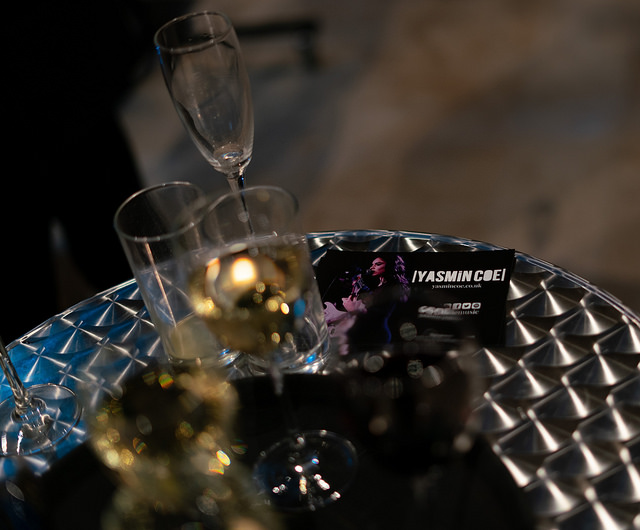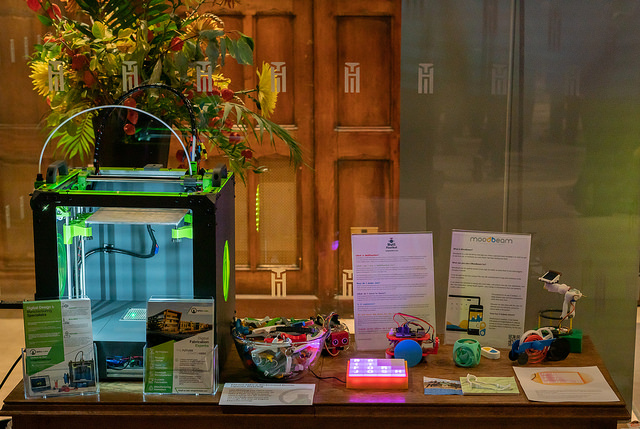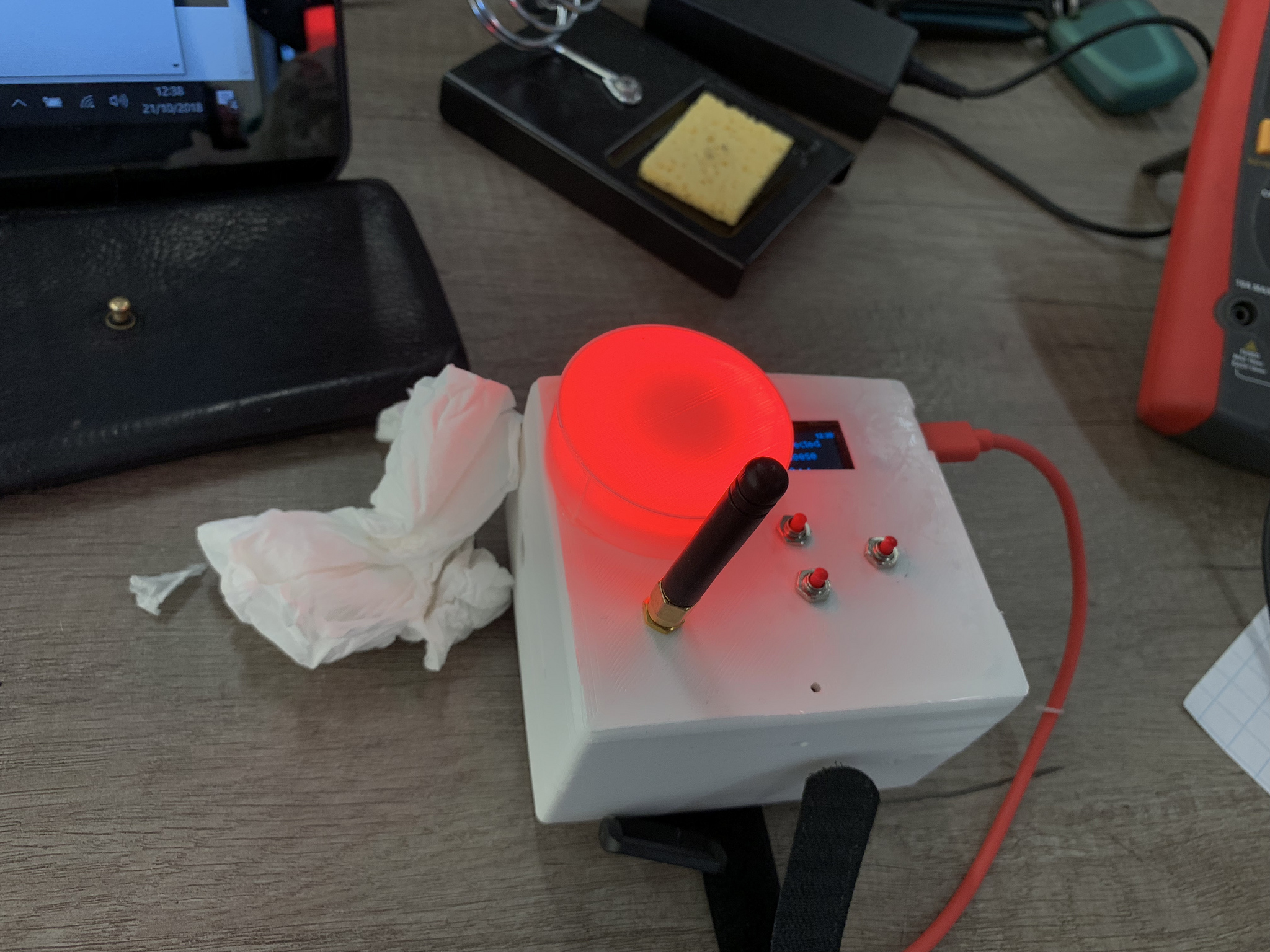Always Check the Cover
/The C# Yellow Book is now very nearly on sale in printed form. I got a proper copy back from Amazon and, as soon I as held it in my hand and flipped through the pages I realised two things:
The cover does not have a duck on it.
There are two massive typos in the cover text.
The first one I can sort out, what with having a camera and a huge rubber duck. I’ve no idea what possessed me to go with the Amazon cover clip-art and the rather anonymous circuit motif. The Yellow Book (particularly the Kindle edition) is known as “The Book with a Duck on the Cover” and so I should probably have gone with the branding on this….
As for the typos in the cover text. Unforgivable. But it did remind me of something. I spent ages on the text inside the book, making sure that it was formatted correctly and had a minimum number of spelling mistakes. The cover I dashed out in five minutes inside the Amazon cover creator, not even using a spell checker. And which do you think is more important? The cover is going to be the first part of the book that people see. They’ll read the cover and then have a look inside to see if they fancy buying it. And if the cover has spelling mistakes on it, this is really, really, not going to help sales. So the cover should have be paid least as much attention as the text inside the book.
There’s an important point here. If you make video games or software, make sure that the instructions that come with the product, and the cover art, are really, really good. Think what is the first surface of your product that a user will touch, and then make sure it is a really good experience. Make sure that the box looks nice and is easy to open and it is easy to see how to use what is inside. Apple are very good at this, and you should try to be too.
As for me, the final version of the printed C# Yellow Book is now going through Amazons approvals process with all the typos fixed. And a duck on the cover.
























